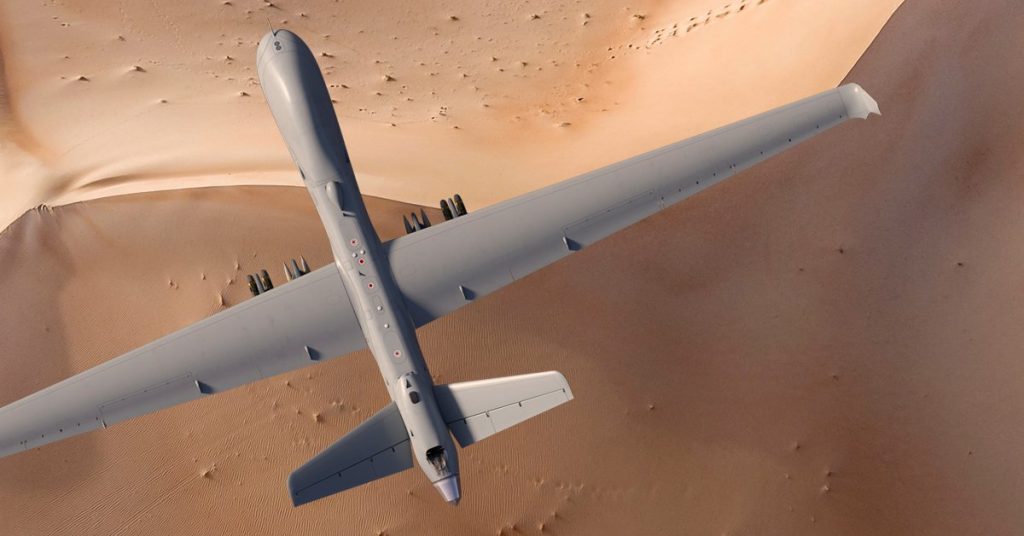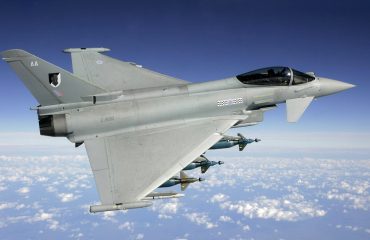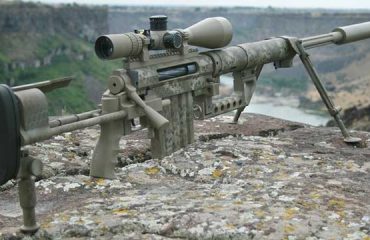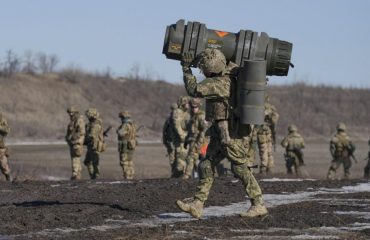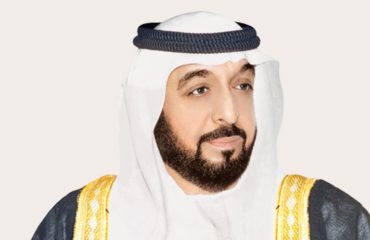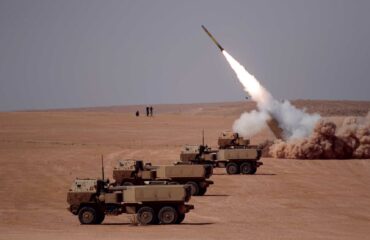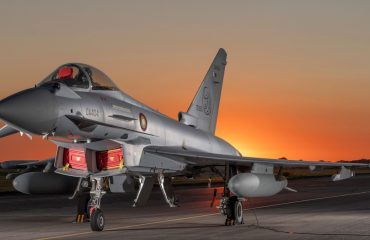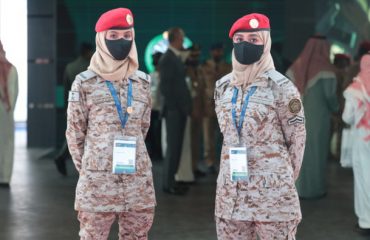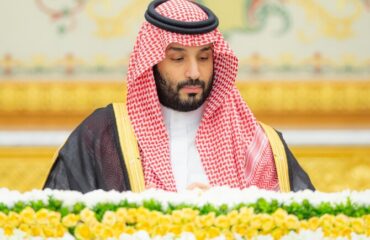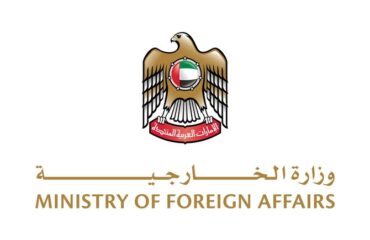The advanced militaries of one of the world’s most strategically important regions need the most advanced equipment.
Intelligence, surveillance and reconnaissance; border security; maritime domain awareness and many other essential missions depend on the same thing: real-time insight about what’s transpiring in key locations, right now. Although the challenges associated with maintaining real-time situational awareness aren’t getting any simpler, the good news is that the tools for handling them are improving all the time.
The MQ-9B SkyGuardian, and its maritime-focused sibling, the SeaGuardian, are the right solutions for mission needs across the Middle East and North Africa. The aircrafts’ transformational endurance, growing suite of payloads and proven record of accomplishment mean they can accommodate all these roles and missions and many more.
Unmanned aerial systems have revolutionized military, security and other government operations because they do what human-crewed aircraft cannot: Spend hour after hour aloft – longer than conventional aircraft ever could – tracking specific targets, conducting wide-area surveillance or both. The MQ-9B builds on this foundation with more endurance than ever – around 40 hours – and better sensors. And that is just the start.
A growing library of payloads also enables the SkyGuardian to be more versatile than any of its predecessors. The aircraft can search for submerged submarines; serve as a communications relay; join a networked operation in support of multi-domain operations and more. A new self-protection pod means it can fly with the same abilities to detect anti-air threats and release countermeasures as a fourth-generation fighter.
The nature of operating areas in the Middle East and North Africa means this flexibility is especially valuable: an MQ-9B might take off “clean,” with no payload, and fly a mission one day overland supporting its government’s border security. The next, it might take off equipped with a surface search radar for a maritime domain awareness mission over the open ocean. Another day, the aircraft might be tasked with crossing back and forth over coastal areas or watching a strategic waterway.
Near-constant overwatch denies hostile powers the ability to position forces along border regions or in certain territorial waters without being seen from the moment their activity begins; it’s a concept called deterrence by detection. Those same hostile forces often can detect that they’re being observed, and their next actions can provide a powerful clue about their intentions.

Artist rendering of GA-ASI’s MQ-9B SeaGuardian with sonobuoy dispensers and wide-area maritime radar conducting maritime surveillance.
Irregular maritime forces in the Arabian Gulf, for example, attempted to shoot down an earlier-model MQ-9 Reaper operated by the U.S. Air Force as it monitored them preparing to harass shipping in the area. The attack didn’t succeed, and it also provided allied governments in the region an urgent clue as to what malign activities were underway, in what location, and involving which forces.
Even if hostile actors do succeed in destroying a UAS, doing so cannot harm the aircraft’s pilot and sensor operator, who can be stationed hundreds or thousands of miles away.
These and other qualities are what have prompted a growing number of nations to select the MQ-9B as their new flagship large UAS, including Belgium, United Kingdom, Australia and the United Arab Emirates. Such military sales agreements serve to not only help expand the capabilities of allies but also contribute to mutual security interests.
For example, the Emirati sale “will support the foreign policy and national security of the United States by helping to improve the security of an important regional partner,” as the Defense Security Cooperation Agency said in authorizing the deal. “The UAE has been, and continues to be, a vital U.S. partner for political stability and economic progress in the Middle East.”
The U.S. security cooperation agency continued, stating that the agreement “will improve the UAE’s capability to meet current and future threats by providing timely Intelligence, Surveillance, and Reconnaissance (ISR), target acquisition, locate submarines and counter-land and counter-surface sea capabilities for its security and defense. The capability is a deterrent to regional threats and strengthens its self-defense. The UAE has demonstrated a commitment to modernizing its military and will have no difficulty absorbing these articles into its armed forces.”
Other regional governments also would benefit from these capabilities by adding the MQ-9B to their fleets. Each user not only would add greater reach and better precision on its own but could also take advantage of the commonalities of a larger regional fleet to improve the collective common operating picture.
As governments across the region contemplate how best to address the always-changing security dynamics brought both by internal developments and external events, one of the surest steps they can take is to ensure they have the best systems available to provide them with insights and create options for action. That’s what the MQ-9B represents.





